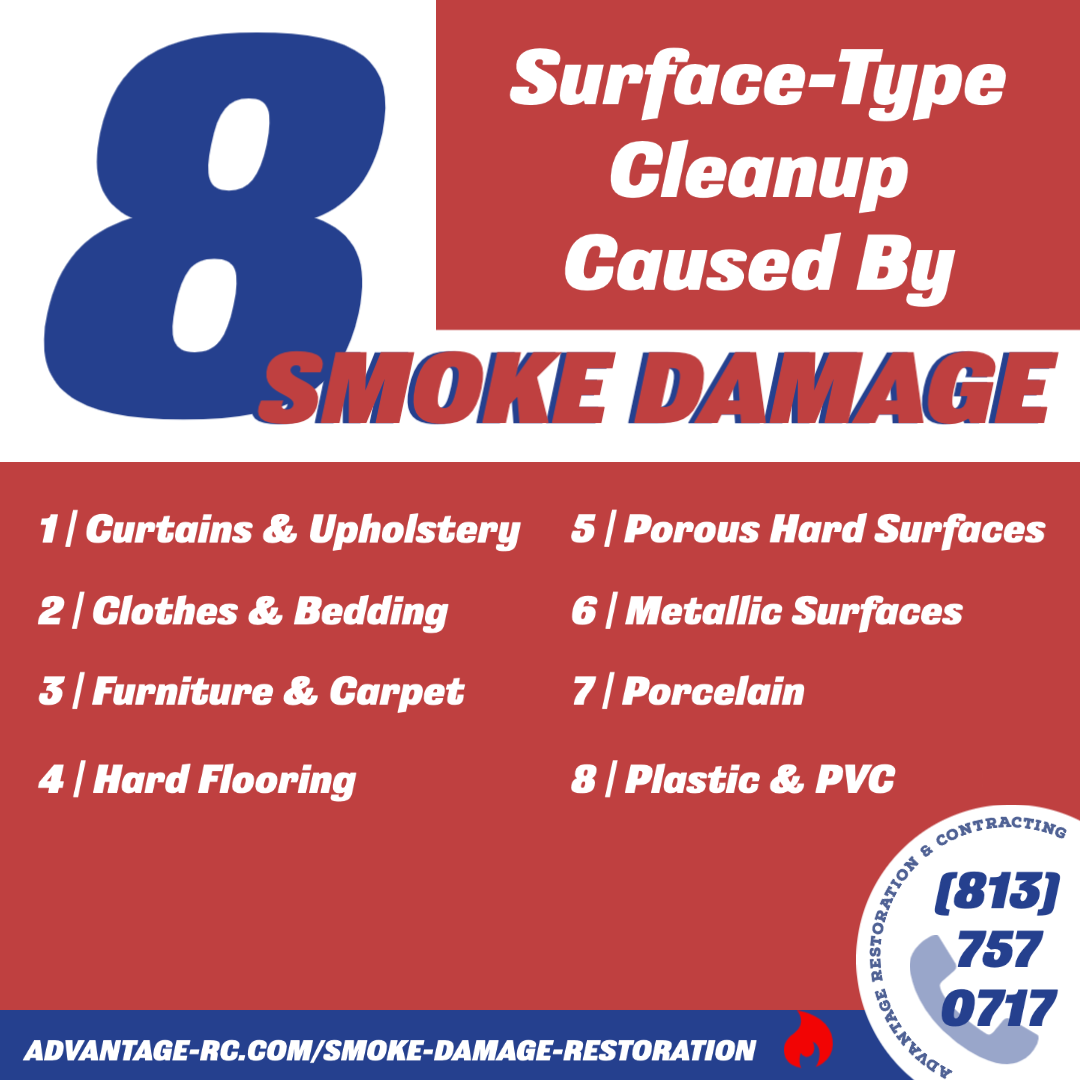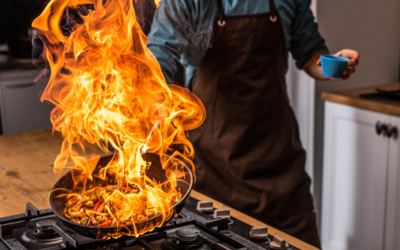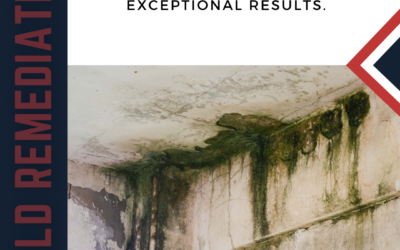Smoke Damage Restoration – Once a fire has been put out, you are left with smoke damage in your home. When left unaddressed, smoke and soot can cause damage to not only your possessions but your home’s structure.
Smoke can act as an acid and will eat away at different materials if left too long. If a fire strikes your home, it’s crucial to act fast to reduce damages.
Advantage Restoration & Contracting can assess the damage and create a custom mitigation plan to ensure your home is completely clear of fire-related damages.
HOW DOES SMOKE AFFECT YOUR HOME?
One of the most damaging ways smoke can affect your home is by seeping into cracks and crevices, leaving a lingering smell of smoke in your home.
The extent of the damage to your home and possessions depends on the temperature of the fire but also the material impacted.
These factors then impact how Advantage Restoration and Contracting will approach the smoke damage restoration.
Proper ventilation, debris removal, and cleaning and odor neutralizing efforts are critical to saving as many of your belongings as possible but keep in mind, some items may not be salvageable.
Some items may cost more to salvage than to replace. Advantage Restoration and Contracting’s team of smoke remediation specialists can help you determine what to clean, what to discard and what to replace.
SMOKE DAMAGE RESTORATION BY SURFACE TYPE:
Curtains & Upholstery
Vacuuming curtains and upholstery with an upright vacuum’s standard brushes or beaters can force soot deeper, worsening cleaning difficulties. The right filter, hose attachment and technique are crucial.
Clothes & Bedding
Unburned chemicals, invisible to naked eye, must be completely removed to rid odor. This takes special washing regimens and chemicals.
Furniture & Carpet
How do you clean smoke damaged wood furniture? You can inadvertently damage carpet when cleaning smoke damaged furniture. Wooden furniture can stain carpet with dyes. Metal furniture can rust and stain the carpet. Protective barriers (foam blocks, etc.) are essential in keeping surfaces separate until dry.
Hard Flooring
Flooring may require refinishing or replacement, especially those water damaged from firefighting techniques. In areas without water damage, and where burn damage is not deep, deodorizing and/or resurfacing may be possible.
Porous Hard Surfaces
Porous materials such as drywall, plaster, wallpaper, paint, and exposed wood can quickly become permanently discolored. Use dry chemical sponges to prevent soot from seeping into surfaces to cause permanent stains.
Metallic Surfaces
Acidic soot can cause metal surfaces, such as large appliances, to pit and corrode with time. Wiping them with cooking oil can prevent staining and rusting.
Plastic & PVC
Plastic surfaces and synthetics collect more smoke than other materials and can discolor within minutes unless wiped down with a mild alkali cleaning solution.
Porcelain
Washing machines, tubs, and basins must be cleaned quickly to prevent permanent staining.
HOW FAST DO YOU NEED TO ACT?
The Institute of Inspection Cleaning and Restoration Certification, a globally recognized leader in all types of remediation, identifies three-time windows: within minutes, within hours to days or within weeks.
Porous materials and synthetics must be within minutes to prevent permanent discoloration.
Wooden furniture, flooring, painted walls, and clothing can become permanently stained if not addressed within hours to days of damage, and metal surfaces will at this point begin to rust, pit, and corrode, requiring refinishing or replacement.
Prolonged soot exposure will embed itself in the fibers and surfaces, resulting in a longer, more costly restoration with a higher likelihood of replacement, if not professionally cleaned within weeks.
Act fast to avoid disastrous effects on your home and belongings. Call Advantage Restoration and Contracting, an Institute of Inspection Cleaning and Restoration certified business, today at 813-757-0717.




